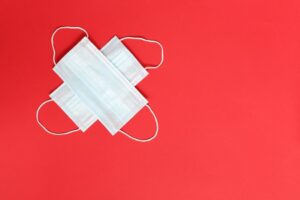This blog is going to focus on the health and welfare of health-care professionals confronted by abusive drug seekers.
On February 26, 2014, the Windsor Star City Desk wrote an insightful article on “Doctors reporting abuse from patients seeking narcotics”. This is an important and generally under-reported topic.
I will state right off the top that as a retired family doctor, my bias and sympathies lean heavily on the side of health professionals in the context of this situation. A doctor, nurse or pharmacist should never be threatened by patients, no matter what the purported “legitimacy” of the patient’s perceived pain might be. I know of patients with diagnosed kidney stone pain of excruciating intensity who were ignored by emergency room staff and who endured several hours of unremitting agony before they were given any medical attention and given adequate pain relief, and even in these dire circumstances, these patients never considered that they had the right to resort to verbal or physical threats. Therefore, my tolerance of drug-seeking patients, “legitimately” in pain or not, who threaten health-care workers, is exceedingly low. (Try zero tolerance!)
My advice to health-care workers who are threatened verbally or physically or who are blackmailed in any way or who are followed home from their office is to notify the police forthwith and to document extensively every aspect of the patient’s behavior in the patient’s chart. This may require several pages of notes and may include information outside of the patient’s visits to the office, such as threatening phone calls made by the patient, or observations made by the patient’s pharmacist, to give only a couple of examples.
In my experience, these threatening transgressions are seldom driven by legitimate pain and are almost always synonymous with addictive drug-seeking behavior. These unacceptable modes of “communicating” constitute grounds for immediate dismissal of the patient from the health provider’s care.
In the rare instances that the health-care provider strongly believes that the abusive patient is in legitimate and genuine pain and the provider wishes to continue treating the patient, this medical opinion should be carefully documented (with reasons for this opinion). The outburst should not only be extensively noted in the chart, it should be communicated to ALL the patient’s health care providers to warn them of a potential danger to themselves. (Patient consent should have been obtained right at the outset upon accepting the patient). Clear communication between the patient’s health-care professionals is paramount and this communication also needs to be documented. All the patient’s health-care providers need to be on the same page.
Even if the health-care provider chooses not to discharge the patient, he/she should inform the police of the intimidation/threat. What the police chooses to do with this information is up to the police, but the police should at least be given the information.
The safety of all health-care professionals is of primary importance. In this context, it exceeds by far all other considerations. There are very few advocates for their safety and protection. Therefore, health-care workers must learn to advocate for each other.




Leave a Reply